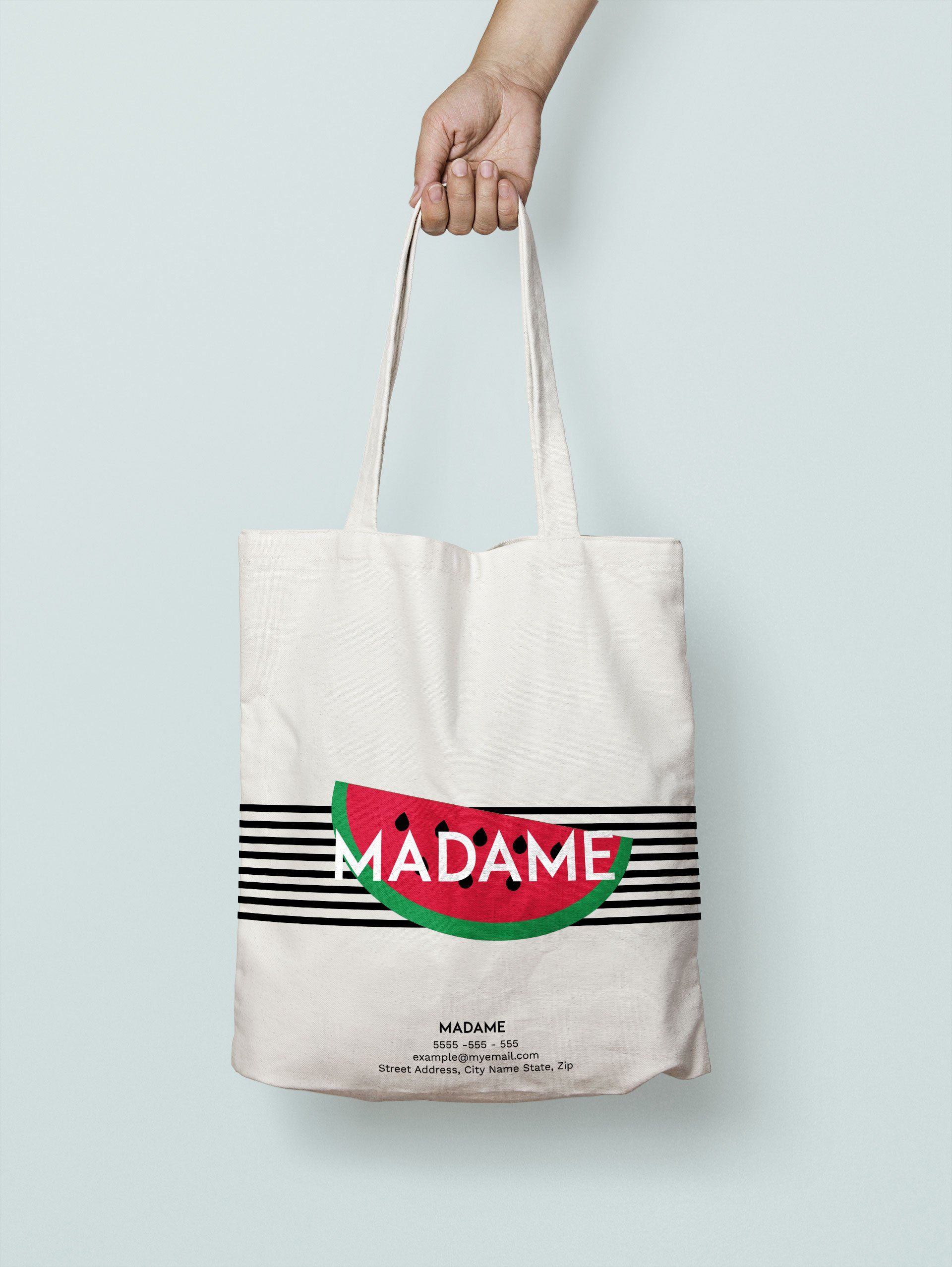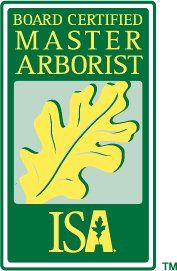Branch Taper
The added benefit of leaving interior branches is that they add taper to branches making them stronger. Every twig feeds carbohydrates created in the leaves back towards the roots. As the tree transports nutrients some is used along the way to add on wood to the branches and trunk. Well spaced branches throughout the interior of a tree create branches that gradually get wider (and stronger) towards the base. After pruning the flush of new growth will occur on interior branches making a sturdier branch and a sturdier tree.
Although not real trees these twisted wire trees give a good idea of how each small wire contributes to the taper of the branch and the overall tree






















